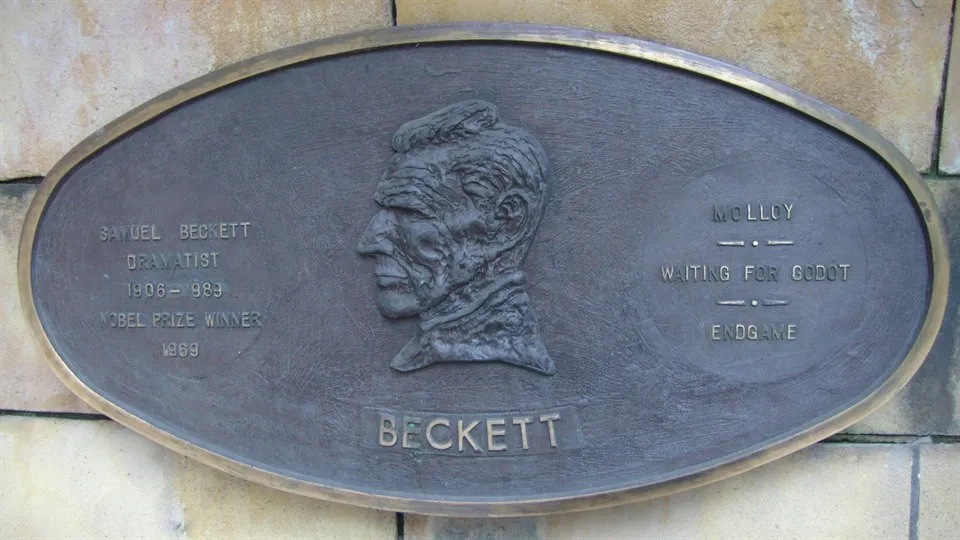Research Monograph: ‘Beckett’s Drama: Mis‑Movements and the Aesthetics of Gesture’
This book suggests that the idiosyncratic movements and gestures (so-called mis-movements) that abound in Samuel Beckett’s drama, are part of an aesthetics of gesture aimed at reconfiguring both the artistic object and its expression.
The research monograph Beckett’s Drama: Mis-Movements and the Aesthetics of Gesture is concerned with rethinking the significance of the body in Beckett’s drama. More specifically, it teases out an itinerary between Beckett’s aesthetics of gesture and communication, beyond the purview of semantic meanings.
As a rhetorical device, the aesthetics of gesture enables Beckett to move his resistance to totalizing discourses to a more formal level. The poetic logic of Beckett’s corporeal turn, therefore, not only produces a theatre of affect (see Einarsson 2017), it also speaks to an ethics underlying Beckett’s choreographic writing. Beckett’s oft-cited frustration with words could be seen to corroborate a claim that the application of the body in performance is a tentative solution to Beckett’s desire to undermine words. The idiosyncratic movements and gestures that characters perform can seemingly not be meaningfully related to any discourse beyond or within the fictional world of the play, and the communicative content of the characters’ ‘mis-movements’ has thus generally deemed to be vague if not entirely redundant. Alternatively, scholars have tended to conclude that the vicissitudes of the body in Beckett’s drama underlines the meaninglessness and contingency of human existence. However, even as the body in performance escapes signification, and rather than attributing semantic meanings to the characters’ ‘mis-movements’, this present study outlines a different way in which Beckett’s application of the body in performance might be understood. Notably, Beckett’s refiguring the artistic object in performance entails refiguring also the interpretative act. This book therefore frames mis-movements, as part of an aesthetics of gesture in Beckett’s drama, within the communicative framework of “relevance theory”, the tenets of which maintains that the primary communicative criterion is significance not referentiality (Walsh). As an aspect of narrative theory, relevance theory allows for an inclusive model of communication that makes it possible to approach the significance of mis-movements from the perspective of a pragmatic rather than semantic perspective. The aim of this book is to outline the principles underlying such use of the body in performance.
Forthcoming with ibidem Verlag, Autumn 2021.
Facts
Project period
170101-210630
Departments
Subjects
Project leader

Charlotta Palmstierna Einarsson
Universitetslektor|Senior Lecturer
charlotta.palmstiernaeinarsson@miun.se
